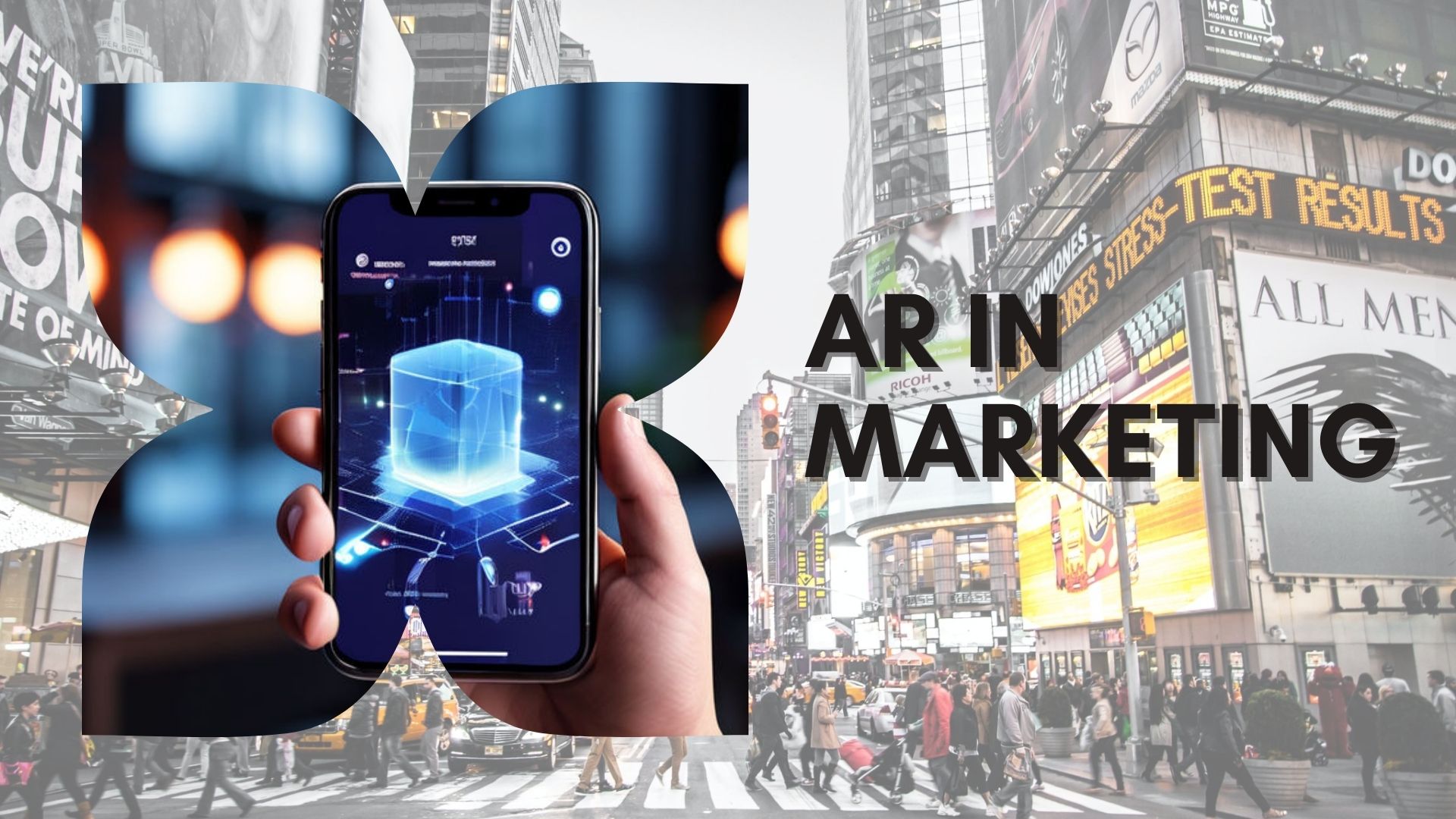
In the world of product development, projects can take on many different forms and purposes, two of which include a minimum viable product or a proof of concept. Developers are often faced with a slew of questions like: What are we building, and what is it trying to accomplish? Is the app going live with just the essentials? Does a fresh new idea need testing? Most importantly, how do we move forward in a way that fulfills our goals?
Rather than shoot from the hip, savvy developers are intentional with their approach to the development process. By selecting the right project format, teams can save money and avoid potential headaches down the line.
MINIMUM VIABLE PRODUCT (MVP)
As the name states, a minimum viable product has just enough features needed to effectively do its job. Rather than overload with extra bells and whistles, an MVP is used to confirm app feasibility as well as user demand. Having a live product on the market allows teams to test viability and gather real results with minimal investment. After all, the last thing developers want to do is build something that nobody will use.
Why build an MVP? Although “minimum viable” implies rushed, shoddy craftsmanship, in fact, it’s the opposite. Starting any project with an MVP is the best way to get an app out onto the market to test the waters. With the app live and gathering a user base, developers can use this opportunity to work with early adopters and address potential problems with the first iteration. After addressing the initial pain points, more and more features can be added to start expanding the MVP’s capabilities.
Uber’s first iteration is a classic example. Starting off, the app did only the bare necessities: connect riders with cab drivers and let them pay via credit card. The features that we enjoy today (like automatic payment) were only added further down the line. Would Uber be where they are today if they tried to cram live driver tracking, fare splitting, etc. all into Version 1.0?
This trial and error process couldn’t be done quickly or accurately if things were kept everything under wraps until a project is “complete”. MVPs are made with efficiency in mind, and passing over extra features lets developers shave off massive amounts of time and resources in order to present the best possible version of the app to the public. In many cases the MVP is truly the most valuable player as it allows teams to focus on what really matters — putting forth the best possible version of the app.
PROOF OF CONCEPT (POC)
A proof of concept can be defined as, well, proof that an idea will work. POCs are important because they serve as the first item on the pre-development checklist. Sometimes, clients come to us with revolutionary new ideas and are eager to take these ideas to market as quickly as possible. However, as developers, we need to take a step back and perform some due diligence.
Before we even think about UX (user experience), we first have to prove that what the client is asking for can be done. This is especially true for wildly new concepts that often accompany emerging technologies like augmented reality. A POC starts out as a test as opposed to a finished product; we’re only figuring out whether an idea is technologically feasible or if it’s time for a different development approach.
In contrast to the outward-facing MVP approach, a POC is a more internal process, usually involving ideas that don’t yet exist on the market. The key distinction here is that MVPs test for viability while POCs provide research while testing for possibility. More often than not, clients already know that a core app idea is viable, but their unique “silver bullet” feature warrants a POC before going all in on development. By skipping lengthy processes that would bog down an MVP, a proof of concept is a solid alternative for demonstrating project feasibility.
In the history of app development, nobody has built the perfect app on their first try (although that’s our goal). That’s why both MVPs and POCs have their own scenarios where they shine, and it’s our professional duty to steer clients in either direction if we think their project would benefit from starting as an MVP or POC. Both lay out important foundations to building the perfect application, and set the stage for success moving forward.








